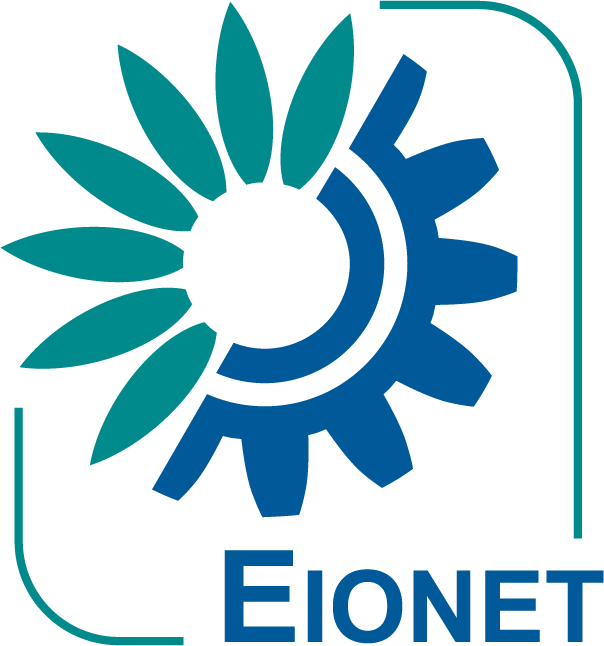Post a comment on the text below
3.1.2 Diffuse source pollution
Overview
In Europe, agriculture is the main diffuse source for water pollution with high emissions of nutrients, like nitrogen and phosphorus, as well as chemicals such as pesticides (EEA 2018b). Drivers for nutrient surpluses in soil and water pollution are excess use of fertilizer for crop production coming from mineral fertilizers and manure from livestock farming. Nutrients (as well as pesticides) enter the water cycle via erosion, surface run-off, leaching, or via inflow from polluted drainage and groundwater to surface waters with impacts to water quality, aquatic communities, and human health. In the second RBMPs, Member States identified that diffuse pollution from agriculture affects 22 % of surface water bodies and 30 % of the groundwater area leading to failure of good ecological and chemical status.
Nutrients are key for plant growth. In the EU, nitrogen surplus from agriculture is estimated to a total of approximately 27 million tons per year (Misselbrook et al., 2019), and since 2010, no improvement to reduce nitrogen surplus has been seen ([1]). Today, the highest total nitrogen surpluses occur generally, although not exclusively, in Western Europe.
Based on reported long-term data of nitrate in European waters, nitrate concentration in rivers showed a decreasing trend (Figure 3). The decline reflects the effects of improvements in waste water treatment, but also reductions of agricultural inputs. In contrast to rivers, nitrate concentration in groundwater does not show any trend during the last decades ([2]).
([1]) Source: https://www.eea.europa.eu/data-and-maps/indicators/agriculture-nitrogen-balance-1, download 16.04.2020
([2]) Source: https://www.eea.europa.eu/data-and-maps/indicators/nutrients-in-freshwater/nutrients-in-freshwater-assessment-published-9
You cannot post comments to this consultation because you are not authenticated. Please log in.


